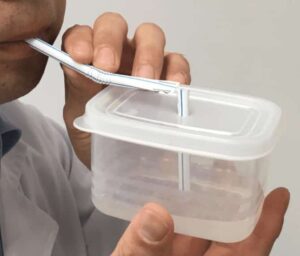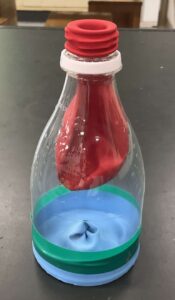Inside the Peanut: A Grand Dissection! Learning Seed Structure in Science (Non-endospermic Seeds)
I’m Ken Kuwako, a science trainer. Every day is an experiment.
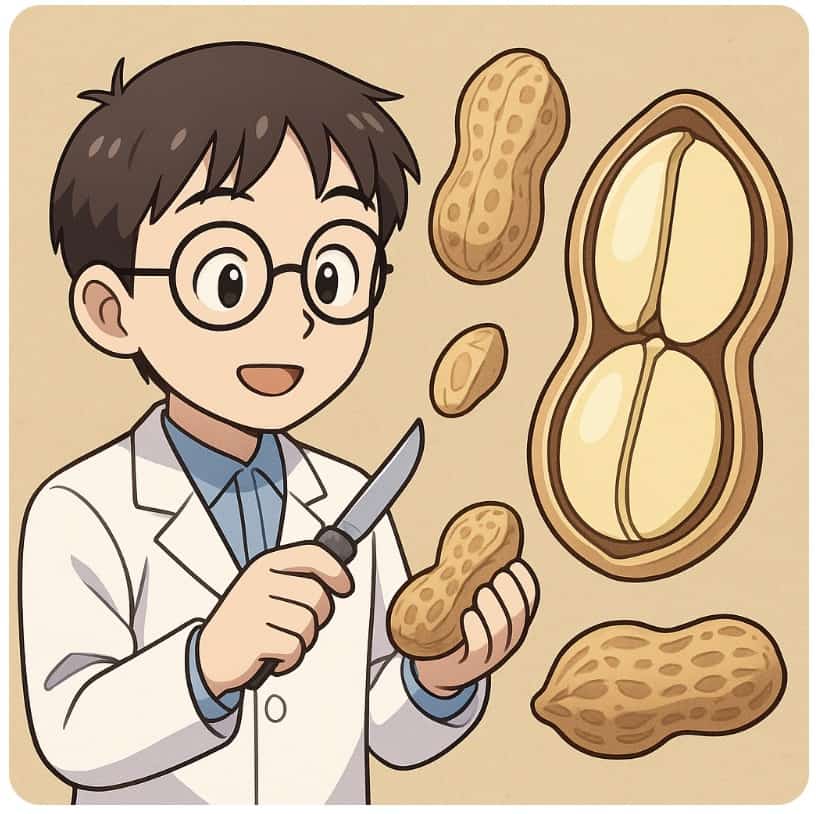
Observing Peanut Seeds
It’s a familiar sight: peanuts lined up on a supermarket shelf, a go-to snack you crack open and munch on. But within that small kernel lies a magnificent story of life—a plant’s grand plan for its future.
The peanut we so casually eat has a unique characteristic that sets it apart from many other plant seeds. It’s a non-endospermic seed, meaning it lacks an endosperm.
Let’s look at rice, a staple of our diet. Rice is an endospermic seed, which has two main parts: the embryo and the endosperm. The endosperm is a special energy source for the embryo, which is the plant’s baby. The entire rice grain is packed with the nutrients the embryo needs to grow. The polished white rice we eat is just the endosperm—the husk, bran, and embryo have all been removed. So, in a way, we’re eating the plant baby’s entire lunchbox. Doesn’t that make it feel a little more profound, as if we’re sharing in the power of life itself?
The process of a plant seed forming is a series of tiny miracles. First, the pistil in the center of a flower receives pollen from outside. Then, inside the ovary at the base of the pistil, the ovule, which has fused with the pollen, begins to grow into a seed.
So, Where Do Peanuts Store Their Nutrients?
Now, let’s get back to the peanut, a non-endospermic seed. Since peanuts don’t have an endosperm like rice, where do they store the nutrients needed for germination?
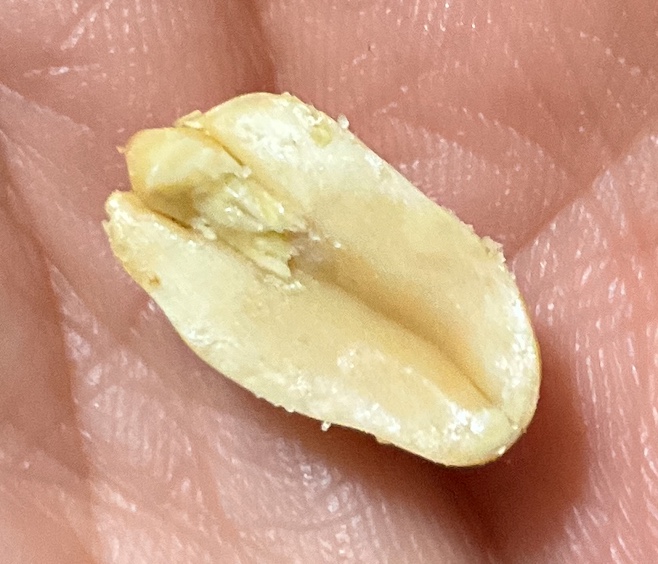
If you observe a peanut closely, the answer becomes clear. Most of the edible part of a peanut is actually the cotyledon. This is where the nutrients for future growth are densely stored. Yes, the delicious part we eat is the vital nutrient storage bank for the growing embryo.
【Materials】
- Peanuts (in the shell are best)
- Magnifying glass or stereomicroscope
- Cutter or tweezers
- Notebook and pen
【Procedure】
- Observe the peanut’s exterior
- First, take a peanut in its shell and check the hardness and shape of the shell.
- Mentioning that peanuts are a type of “legume that grows underground” can make it more interesting for students.
- Crack the shell and remove the seed
- Carefully crack the shell and take out the seeds inside.
- Point out that the seed is divided into two halves.
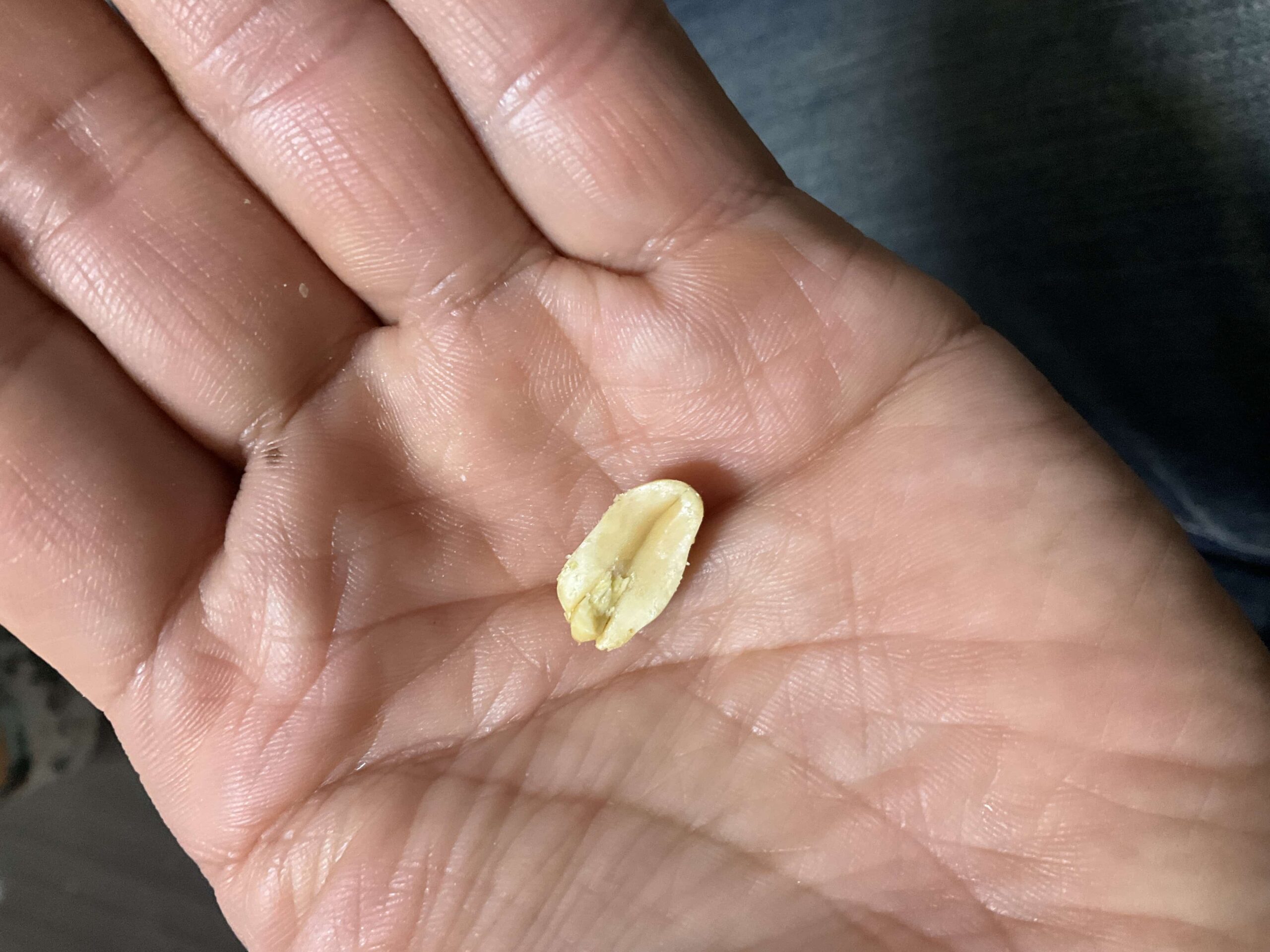
- Observe the seed structure
- Using a magnifying glass or stereomicroscope, observe the surface of the seed.
- Peel off the seed coat to find the plumule and radicle inside.
- The cotyledons store the nutrients needed for germination, and they are the part we eat.

- Compare with other seeds
- Comparing it with endospermic seeds (like rice or corn) helps to highlight the differences.
- This makes it easier to understand the distinction between non-endospermic and endospermic seeds.
When peanuts are young, they do have endosperm cells. A non-endospermic seed is one where the endosperm is no longer present by the time the seed is ready for dispersal, but the young ovule does contain an endosperm. The endosperm cells are likely used up as the cotyledons grow.
Even the foods we eat every day can reveal new discoveries when we observe them from a scientific perspective. The next time you eat a peanut, try to remember the difference between the cotyledon, the embryo, and the endosperm! Please check out this article too.
About Inquiries and Requests
Discover the wonder and fun of science in a more familiar way! I’ve put together easy-to-understand explanations of fun science experiments you can do at home and tips for them. Please feel free to search for more! ・For more information about the operator, Ken Kuwako, click here ・For various requests (writing, lectures, experiment classes, TV supervision, appearances, etc.), click here ・Article updates are delivered via X!
![]() The Science Channel delivers experiment videos!
The Science Channel delivers experiment videos!

